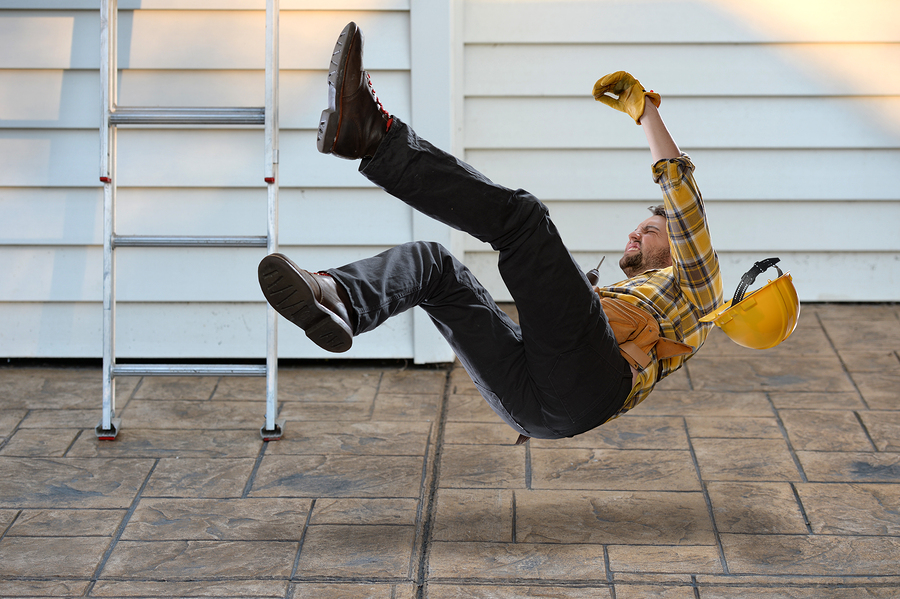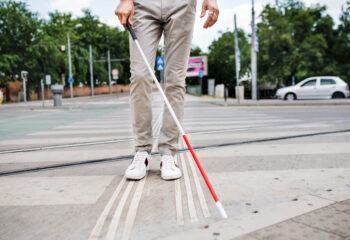Falling is unpleasant at any age, for older adults it is downright dangerous. Getting up from a fall becomes more difficult with each decade, and we are much slower to recover, both physically and emotionally. There are many contributing factors that increase the risk, vision loss is certainly one of them.
Hindsight is, as they say, 20/20. Succumbing to injury is always regrettable, and in retrospect we often realize, it could have been avoided. With the help of Alice Massa, an experienced Occupational Therapist and low vision expert, we’ve organized a list of guidelines to elevate your awareness about falls prevention and keep you on your feet.
-
Vision
Consult with your ophthalmologist to insure you are maximizing the vision you have. Updating prescriptions and having cataracts removed can help make your surroundings a little more clear and easier to negotiate.
-
Balance
Remaining steady on your feed has a lot to do with good balance. If you are feeling unsteady or faint, sit down immediately to avoid the fall. Regular exercise and strength training is highly recommended. Each day practice standing on 1 leg to improve balance. For more about the Single Leg Stance click here.
-
Floor Coverings
Rugs and runners can be treacherous, be sure they are flush to the floor and have non-slip backing. Get rid of rugs or carpet with fraying or curled edges. Repair damaged or uneven flooring.
-
Walkways
There should be zero tolerance for clutter on floors. No wires or cords that can catch a foot and take you down. Something as innocent looking as a single sheet of paper can cause a deadly slip. Shoes, particularly dark shoes on a dark floor, can go unnoticed, creating a serious hazard.
-
Footwear
Wear well fitting shoes and boots with flat, non-skid soles. If you do not feel secure in a shoe, get rid of it. Walking around the house in socks, or barefoot, is not recommended, broken toes are also extremely painful and debilitating.
-
Lighting
Don’t skimp on lighting. Make sure rooms are well lit and light switches are easily accessible. Keep night lights on and a flashlight on hand.
-
Kitchen
Clean up spills immediately to prevent slips. Keep frequently used items on lower shelves, to minimize the need for step stools.
-
Bathroom
Make sure your tub has a non-skid surface and grab bars if needed. Keep a light on for travel to and from the bedroom during the night.
-
Streets
Cracked and uneven sidewalks create serious risk. Pay attention and step carefully. Using a cane can help you identify changes in the elevation of walkways and street crossings. Read “Consider The Long White Cane” on OE.
You know, they also say, an ounce of prevention is worth a pound of cure. Take steps today to avoid the fall, and the regret.







